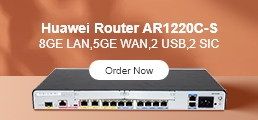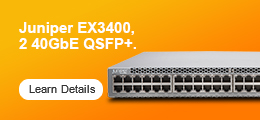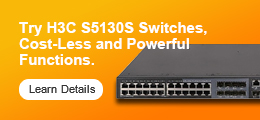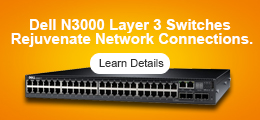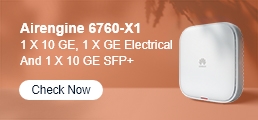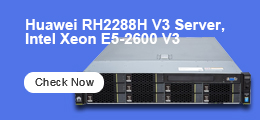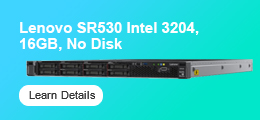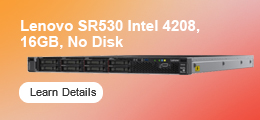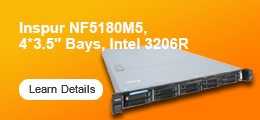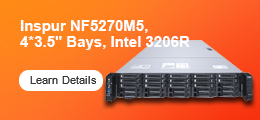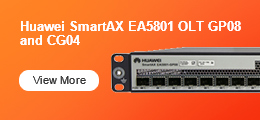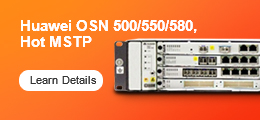1. PoE Capabilities
IP cameras that can be powered by PoE remove the risk and expense of running electrical cables. PoE IP cameras feature more steady data transfer and are less likely to experience interference from surrounding devices than solely wireless cameras.
2. At Rest Encryption
Data encryption "at rest" means that data is secure while it is on the camera. RSA and AES are two examples of Public Key Infrastructure (PKI) encryption techniques that assure no one can retrieve video data from onboard storage.
3. In-Transit Encryption
Data encryption "in transit" means that data is safeguarded while it is being transported from local to cloud storage. Secure systems use HTTPS/SSL over Port 443 to encrypt data in transit and only make outbound connections to dedicated cloud services.
4. Cloud and Built-In Storage
When it comes to IP cameras, storage space is a major consideration. Many businesses are required by law to keep security footage for a certain period, depending on their industry and local regulations. The vast majority of surveillance systems will send video data to cloud storage, a Solid-State Drive (SSD), or a Hard Disk Drive (HDD) (HDD). Advanced options back up footage locally on an SSD or HDD as well as in the cloud; these "hybrid cloud" security systems are deemed safer and more reliable than systems that rely on only one approach.
What are the extra features of IP cameras?
1. Video Quality
When compared to analog cameras used in CCTV systems, IP cameras are known to give better video quality. They can capture more detail since they send digital signals. Many IP security systems can now combine advanced video analytics, such as facial matching, into their software.
2. Instant Video Sharing
The capacity to exchange video snippets via SMS messages, emails, or live links is one feature of current IP surveillance systems. When problems occur and immediate action is required, this reduces the time it takes to notify authorities.
3. Edge-Based Video Analytics
To recognize persons and objects in the camera's field of view, modern surveillance systems use artificial intelligence (AI) and edge-based analytics. Face and vehicle matching can be used by software with deep learning skills to inform users of occurrences in real-time and speed up investigations. Users can also designate limited zones within the camera's view and be notified if a noteworthy activity is observed at a specific time of day with these advanced surveillance systems.Related Topic:
What are the types of WiFi Security Cameras?





